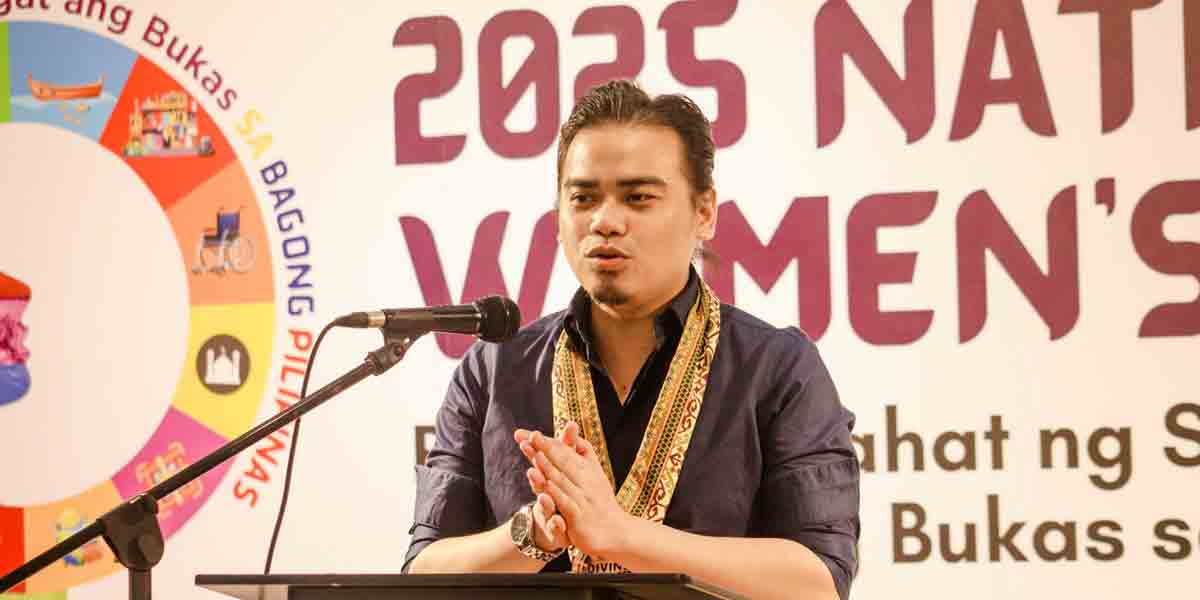By Dean dela Paz
The cliché surrounding the Robin Hood lore was that he stole from the rich and gave to the poor. Versions in the retelling refer to the Lord of Locksley Hall. Robin of Locksley, later called a hood, short for hoodlum, was derogatorily branded an outlaw. The appendage stems from the perspective of the High Sheriff of Nottinghamshire, Robin’s nemesis.
Robin Hood was the hero genuinely loved by the many who retreated from Nottingham into the shelter and safe haven of the surrounding forests of Sherwood, there to live a life free of tyranny. In many ways, those desires amid the classic conflict between an autocrat inflicted against the vulnerable and helpless mirror the Filipino condition today.
The obvious literary dichotomy takes various forms when extrapolated into disparate societal models beyond Sherwood Forest and Nottingham. In Sherwood, the welfare of the community was the foremost objective. Behind the walls of Nottingham, it was the public that served the powers that were.
Where Sherwood was democratic, in Nottingham, operant hierarchies followed a command structure. Rule sprang, not from the governed, but from the whims and wants of the powerful. On both sides of this black versus white moral divide, appropriately simple for the stuff of legends, stood opposites. Holding a distant mirror to the familiar, such paradigms reminiscent of a Grecian morality play remain in very modern terms with very disturbing relevance.
To demonstrate, analyze inconvenient realities in our economy and the surrounding political circus. For this we take to the headlines.
The first is the poverty incidence index, the proportion of poor whose per capita income is insufficient to meet basic needs. Alongside is the self-rated poverty percentage.
The first is quantifiable, accurate only if complete data is captured by the statistical system. Hence the number is likely understated. The second measures poverty according to the specific needs of the individual polled. It is more heartfelt albeit its criteria are nebulous. At an understated 23.7% in 2021, one of four live below the poverty line. Under the current administration, the self-rated poverty index is more than double at 48%. Nearly half consider themselves poor thus validating the phenomenon of the rapidly disappearing middle-class.
The high percentage of the population in the agricultural sector where unemployment is 78% (only 22% are employed) albeit now subjected to serial incompetence, contributes to a grossly understated unemployment rate. Keep in mind that the 6% total unemployed is worsened by 14.5% to 15% underemployment indicative of poor quality jobs and weak wages. Factoring-in the realities of understated data, one of five underemployed is consistent with the poverty indices.
Note incompetent leadership, institutional disillusionment and decay, and the political infestation at the agriculture sector. Despite a high population of agricultural workers, shortages in affordable rice, sugar, chicken, fish and now salt and onions validate agriculture’s anemic 10% contribution to GDP. While we have not done the math, the per capita GDP of an agricultural worker must sink far below the average.
As food and basic necessities including affordable electricity and fuels become unreachable, monetary authorities increasingly tightened credit availability unmindful of the underemployment and jobs data. Where lending rates should have been a function of the jobs data to ensure affordability, in our neighborhood, tempering uncontrollable cost-push inflation was the sole impetus.
Now highest at 3.75% and likely to increase again the effect was an un-noticeable negative 0.1% inflation adjustment. That means effective debt rates are even higher compelled by sticky inflation now at 6.3% as critical shortages in food supply and bloating cash subsidies push inflation even higher.
Inflation worsens as the peso keeps getting weaker. For our policy makers, the quick solution is to increase subsidies to the poor. Include here the anarchic showering of cash to jobless students unlikely to produce a return of capital.
While these make for glittery optics, where will subsidies come from and who will these benefit?
Again the headlines. The 48% self-rated poverty ensures half of the funds are squeezed from people who rate themselves poor. Such poetic irony is validated by the disappearing middle class, what was once the source of state funding.
Such irony turns into a cruel joke when we realize cash subsidies increase money supply in circulation. That worsens inflation, reduces purchasing power, and ultimately turns the poor poorer.
So, who really benefits from subsidies?
Analyze the weighted average costs within the Consumer Price Index to see where household income is substantially channeled. This third quarter, among the three fastest increments were food, energy, and fuels.
For food, from rice, chicken, sugar, and even onions, notorious traders and middlemen salivate. In the agricultural value chain, very little is earned upstream. For energy and fuel, creeping crony capital and a cartel of oil companies dominate all throughout.
Before EDSA, crony capitalism had been in vogue. It is back with a vengeance. Rather than steal from the rich to give to the poor, we have a Hood Robin economy that robs the poor to give to the rich.
(Dean dela Paz is a former investment banker and a managing director of a New Jersey-based power company operating in the Philippines. He is the chairman of the board of a renewable energy company and is a retired Business Policy, Finance and Mathematics professor.)
















